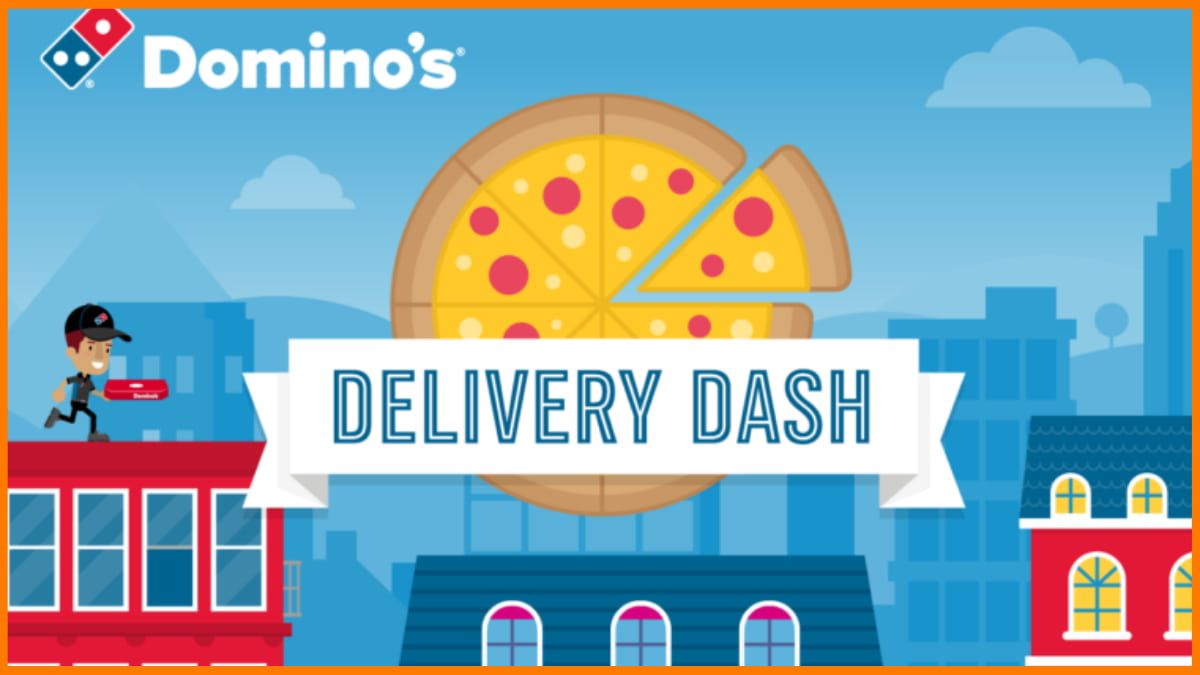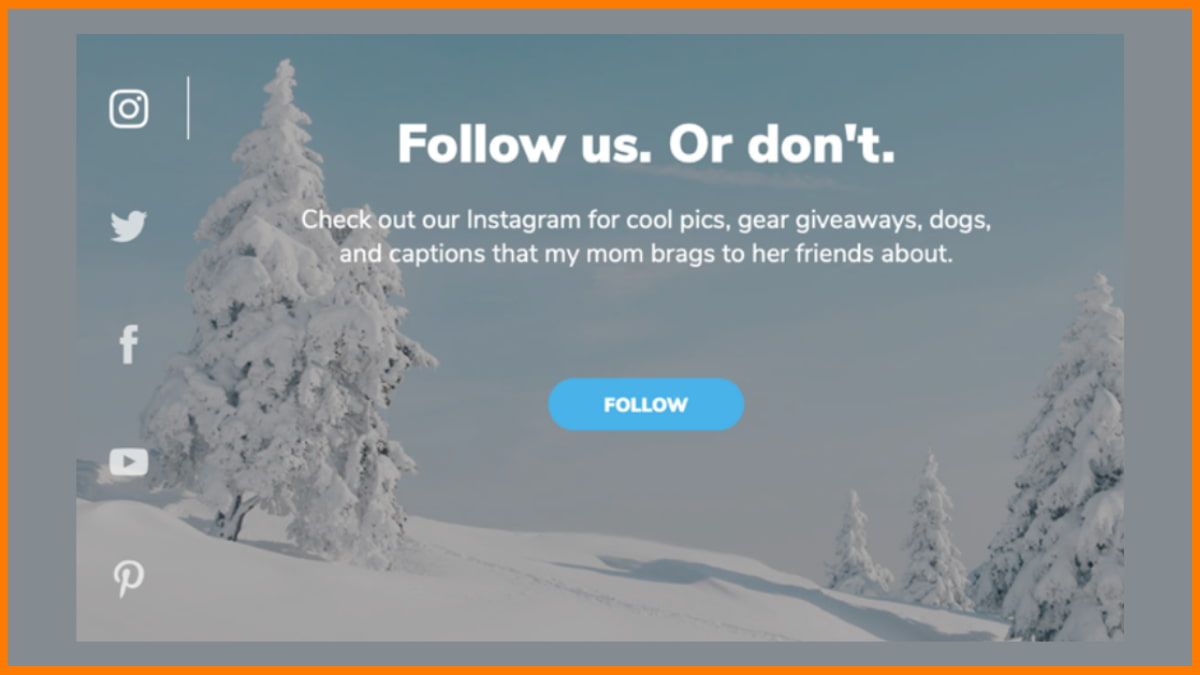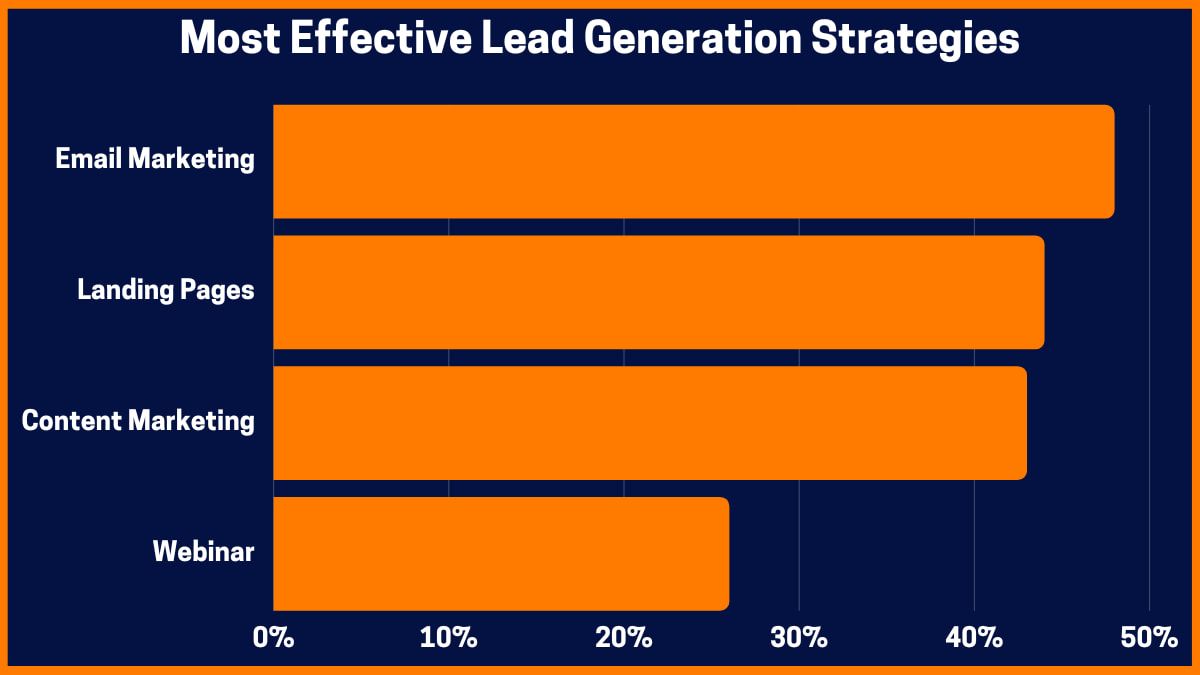Do you want to automate your marketing and grab more customers? If yes, personalised and interactive content is the key! Maximum businesses grow and generate leads by featuring personalised content for their users.
Building interactive, automated content helps boost engagement and retention. It allows you to attain a highly active audience, build brand awareness, and nurture key affairs at every phase of your sales cycle. Here’s how you can use interactive content marketing for lead generation.
What is Interactive Content?
How Does Interactive Content Help Boost Lead Generation?
How to Find Leads That Converts Into Customers?
Types of Interactive Content for Lead Generation
What is Interactive Content?
Interactive content is personalised content that encourages the audiences to actively participate. As opposed to passively reading, watching, or writing, interactive content evolves from passive consumption to active participation.
It comprises calculators, contests, games, assessments, surveys, and quizzes. Interactive infographics and white papers are also included in interactive content.
How Does Interactive Content Help Boost Lead Generation?
When you feature interactive content on your website, a user interacts with it. This accelerates user engagement and retention on your business’ website. As a result, it ensures that you’re doing something to pique the interest of the user and retain them. Ultimately, interactive content is used to furnish the users with a more entertaining experience in your business’ products and services.
To generate leads from interactive content, here are 3 key points that you need to consider.
Collect
Make sure that you’ve collected all the data and insights about the users who are interacting with your content. Get their email addresses, contact information, etc.
Respond
Posting interactive content is a trend in digital marketing right now. The best interactive content will reach your targeted audience – for instance, a fun game that bestows personalized product recommendations.
Empower
Your content should make the audience feel empowered. Do that by providing them with exclusive information. Augment the user experience by furnishing tools so they can be creative and enjoy themselves.
How to Find Leads That Converts Into Customers?
Oftentimes, lead generation gets a little daunting. Finding leads that would convert into potential customers is, no wonder, difficult. But you don’t just want anyone. You want the right leads – users who will purchase your products and engage with your content.
So, how to evaluate good sales prospects anyway? When we talk about lead generation, we also need to qualify and score those leads. Here’s how you can do it.
Targeting
Creating marketing ads and content that appeal to customer profiles is essential. If you can reach the right people, you can generate potential leads and boost sales.
Qualifying
Once you generate leads, learn about them. Employ interactive content to gather data about their demographics, shopping habits, and so on.
Segmenting
Once you’ve gathered all the information, use it to segment the leads into different groups. Then, continue with targeted messages, such as email marketing, special offers, et al.
Types of Interactive Content for Lead Generation
Over time, you can use different types of interactive content to generate leads and promote the growth of your business. With interactive content, creativity is the key. The richer and more personalised the content is, the better. Below are 4 types of interactive content that you can use to generate qualified leads.
Interactive Calculator
As a capture tool to influence purchasing decisions, budgets, and business plans, interactive calculators provide actual utility. Businesses can formulate their own calculators. Interactive calculators also help calculate savings, risk exposure, ROI, etc. They can be employed to generate both B2B and B2C leads.

Marketing Games
What can be the most impactful things which can help grab people’s attention? Games. From the kids to the elderly, everyone loves to play games. Offer your viewers a few fun games, such as a spot-the-mistake game, what-happens-next games, find the odd one out game and many more.

As per the survey, businesses who have implemented “marketing games” have earned an increased revenue of 7 per cent. Gathering leads with games can be the simplest thing to do. Once your visitors win a game, you may ask for their personal information in exchange for a discount coupon, vouchers and various cashback offers.
Interactive Videos
“Video” can be anything, depending on your content requirements. It can be pre-recorded webinars of any company. It can embed YouTube videos or video tutorials based on your blog topics.
Interactive videos will boost lead generation for your business. Not just videos though; there are numerous ways to focus on lead generation, but videos help a lot!
You can use some videography tools, such as Wistia’s Turnstile. This tool allows you to embed the lead generation form at any instance of the video. You’ll have both options at the same time – either you want to gate the video content or upgrade it.
Also, the addition of YouTube annotations is one of the popular ways to make the video more tactful or interactive. Annotations are just some minor tags embedded in the YouTube videos. These URLs can be used as lead generation to land on specific pages.
Interactive infographics
Interactive infographics are a technical way to provide a better understanding of your content. It not only bestows a visual way of learning and understanding things but also offers cool trivial digital widgets to play.
There are many different ways to acquire leads, but offering downloadable versions of the infographics is trending. With interactive infographics, you can create polls based on the content you write. Then, show results depending on how the viewers answered.
In the end, you’ll have the data of all the viewers who participated in the poll with all of their personal information. This in turn expands your company’s marketing boundaries.
Conclusion
Nowadays, interactive marketing is one of the most rapidly growing tactics in across-the-board content marketing strategy. It assists you to overtake your competitors in no time and avoid getting left behind. The aforementioned interactive content examples are just five of the many content types.
As you dig deeper into this field of site development and e-commerce websites, you may find more of them. There are many more interactive content types that your business can benefit from. All among the list of examples helps to procure extra monthly revenue. You may also use tools, such as involve.me. It helps create interactive educational and enriching content. As a result, you can tempt, engage, and reclaim your audience – and generate more leads.
FAQs
What is interactive content marketing?
Interactive content marketing is a marketing technique that engages users which helps marketers get quality leads for their business.
What is interactive content marketing example?
Interactive e-books, Calculators, Branded games, Quizzes and questionnaires are some examples of content marketing.
Why marketers use interactive content?
Marketers use content marketing because it is more engaging than normal content.













































